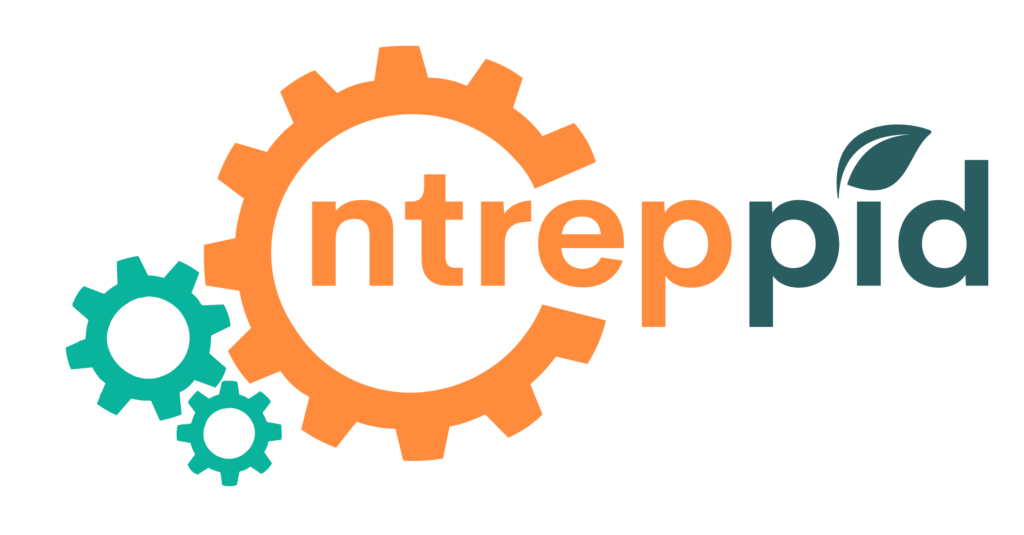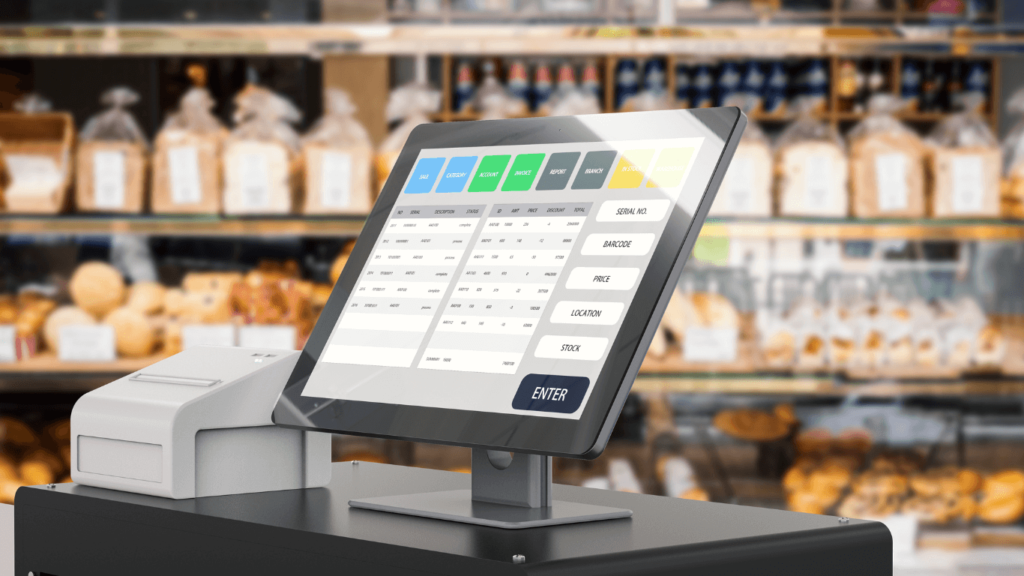Understanding Serving Sizes: Why They Matter and How Entreppid Can Help

When was the last time you had a bowl of ice cream or drank a soda? Did you stick to the serving size listed on the package? If not, you’re not alone. Serving sizes can often seem confusing or impractical, but understanding them is key to making healthier food choices.
What Is a Serving Size?
A serving size, as defined on food labels, reflects the amount that people typically eat in one sitting. It’s important to note that serving sizes are not recommendations for how much you should eat—they are simply a reflection of common eating habits. This distinction helps bridge the gap between what people are consuming and the nutritional information they’re seeing on labels.
For instance, if you pick up a bottle of soda, you might expect it to be more than one serving. However, based on how people consume these products, the FDA updated the serving sizes to better match real-world habits. A 20-ounce bottle of soda, for example, is now considered one serving, reflecting that most people drink the entire bottle in one go.
Why Serving Sizes Matter
Knowing the serving size on food labels is important for several reasons:
Accurate Nutritional Information: Serving sizes provide a baseline to understand the nutritional content of your food. By aligning these sizes to reflect typical consumption, it becomes easier to know exactly how many calories, fats, sugars, and other nutrients you’re eating.
Portion Control: Although serving sizes aren’t recommendations, they can help guide portion control. For individuals with specific health goals—whether it’s managing weight, controlling blood sugar, or training for an athletic event—serving sizes offer a helpful point of reference.
Healthy Decision-Making: With clear information about what you’re consuming, you can make more informed decisions. For example, you might be surprised to learn that your “snack” of a bag of chips is actually several servings, each with its own calorie count and fat content.
The Difference Between Serving Size and Portion Size
It’s also important to clarify the distinction between serving size and portion size. A portion size is the amount of food you choose to eat in a sitting, while the serving size is the standardized amount found on the food label. While your portion size may vary depending on your hunger or dietary needs, the serving size remains consistent across similar products.
How Entreppid Helps with Recipe Creation
Serving size isn’t just important in pre-packaged foods—it’s essential when preparing meals, whether for home, restaurants, or hospitals. For instance, recipe creation software like Entreppid allows chefs and food service providers to set and adjust serving sizes easily. This feature ensures that meal portions are consistent and nutritionally accurate, which is particularly helpful in industries that depend on precise meal planning, such as healthcare or fitness.
In the food service industry, maintaining the right serving sizes can have significant benefits, not just for nutrition but also for managing costs and inventory. By accurately measuring and adjusting serving sizes, restaurants and meal providers can better serve their clients’ needs while keeping food quality and health in focus.
Final Thoughts: Serving Sizes and You
Understanding serving sizes is an important step toward making healthier food choices. While these sizes may not dictate exactly how much you should eat, they provide a useful framework for understanding the nutritional content of your meals. By learning to interpret serving sizes properly, you can maintain better portion control and align your eating habits with your personal health goals.
And for professionals in the food industry, tools like Entreppid simplify the process of maintaining accurate serving sizes, ensuring that meals are prepared consistently and nutritiously. Whether at home or in a professional kitchen, knowing how to manage serving sizes can make a big difference in the quality and healthfulness of your meals.


